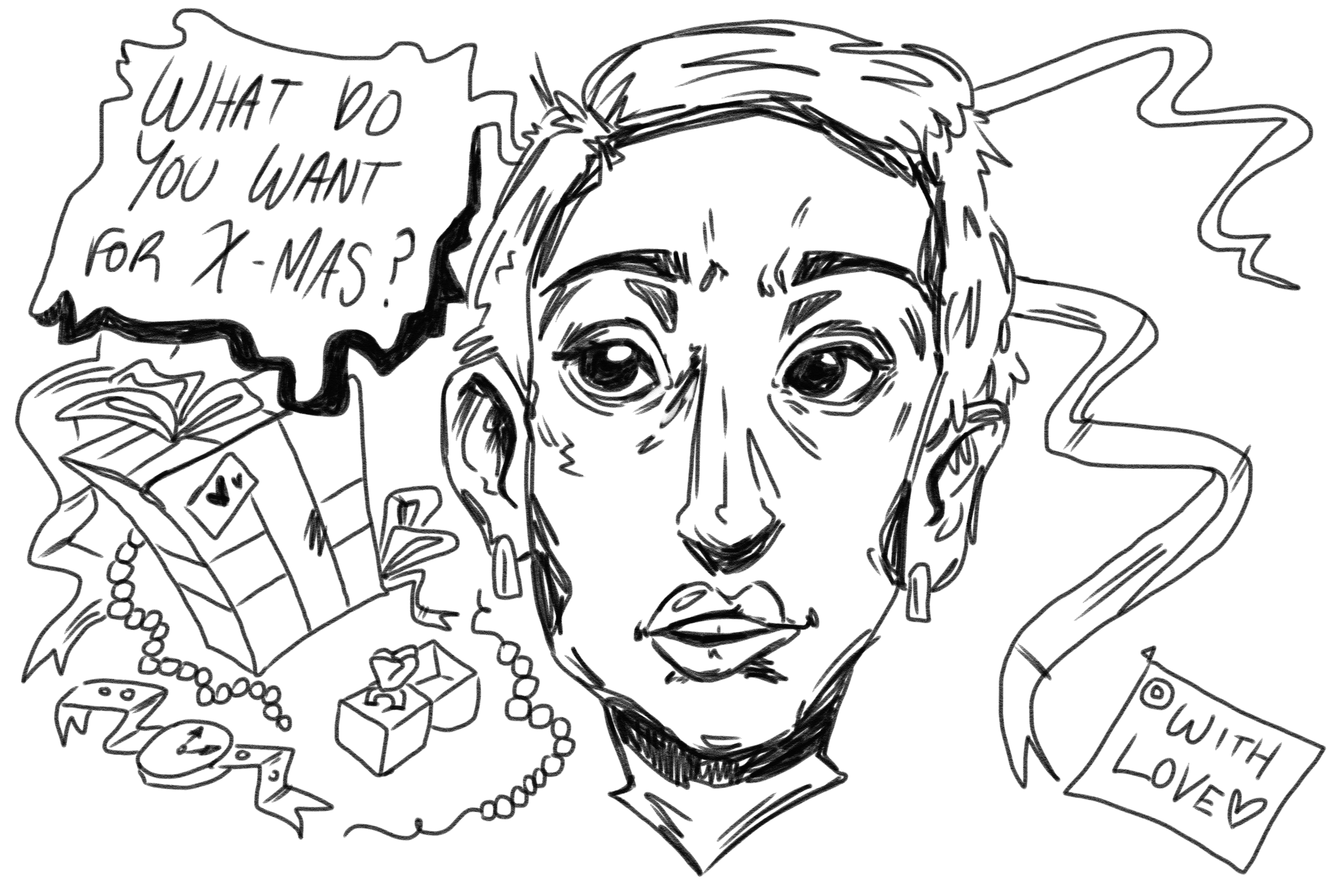The holidays have become the most wasteful and self-centered time of the year.
The Christmas lights went up earlier than usual at my house this year. We normally wait until the beginning of December, but the colours and warm lights felt like a hug amidst an exhausting November. While I’m a sucker for Halloween, I have to admit the holidays have a different kind of magic, a comforting one. Still, the activist in me is bothered by the extreme culture of consumerism and (ironically) individualism that the holidays inspire.
Shades of green, red, blue and gold start replacing the purple and orange in the seasonal section of retail stores in mid-October. As people run from shop to shop for gifts and plastic decorations, I can’t help but wonder what makes the urge to participate in the commercial-Christmas culture so much stronger than the desire to be considerate of our environmental impact.
Back in 2020, I interviewed a family friend who had been working for a few years on switching to a zero-waste lifestyle. Mélanie Major is a mother of four and is raising her children to be compassionate, kind, and aware of their impact.
“When you decide to make the switch to zero waste, you notice the waste even more,” Major said. “You tell yourself, there just has to be a solution to all this.”
Major shared some sustainability tips for the holidays, starting with reducing food waste. She eliminates as much meat as possible from her Christmas menu to reduce her environmental footprint. She also makes smaller quantities and turns her leftovers into new recipes to prevent waste.
With Christmas inevitably comes panic shopping—or, as Major puts it, “buying a gift just for the sake of buying a gift.” She opts instead for more thoughtful gifts such as activity gift cards and passes, books by local authors, secondhand items, meals, and other handmade presents.
Major didn’t switch out her old decorations for new sustainable ones—that would be counter-intuitive and wasteful. Instead, she decorates her tree with ornaments her mother attaches to their gifts every year and ornaments handmade by her kids. She also reuses old gift-wrapping materials and even wraps presents in towels, scarves and other textiles that can become part of the gift.
We should make decisions according to our values, rather than exhaust ourselves in trying to keep up with the commercial calendar. “When I first got pregnant, it just clicked,” Major said about her decision to go zero waste. “It’s nice to have a child, but what world do we want them to grow up in?”
We share this world with nearly eight billion people and an estimated 20 quintillion (yes, it’s a word) animals. We are surrounded by beautiful and abundant life, which we pull a profit from with unjustified entitlement.
If the holidays are a time for kindness, they should also be a time to consider what we blissfully ignore and to reflect on the broader impact of our actions.
You indirectly cast a vote with every decision you make to buy something—what do you encourage with every swipe of your credit card?
While the holiday season is a comfort to some, it can be a nightmare to others. I encourage you to be considerate not only of the environment, but also of your fellow human beings who are in need of love, kindness and support. I would even go further and urge you to not only do this for the holiday season, but to keep this mindset all year round in your breast pocket, right next to your heart.
